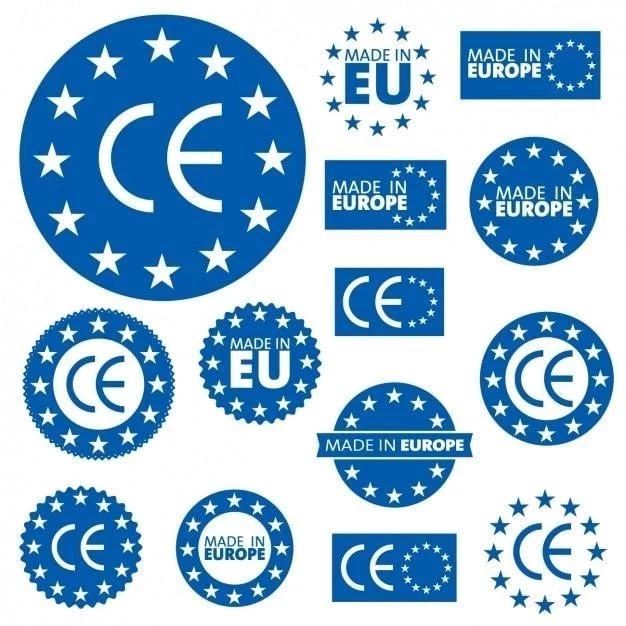Table content
# Circle Adopts EU Rules, Surpasses Tether
* Circle pledges to EU’s MiCA rules.
* Tether decides to abstain.
* EU rules aren’t a panacea for Circle.
The EU’s crypto-asset market rules have eventually taken effect, creating waves throughout the stablecoin market.
Cryptocurrency exchanges such as Crypto.com and Kraken removed stablecoins that didn’t abide by EU rules last month, primarily affecting Tether’s USDT, worth $142 billion.
Circle, the provider of the second-largest stablecoin USDC, is among the few providers authorized by the EU regulators.
Eli Cohen, General Counsel at Centrifuge, a platform for tokenizing real-world assets, thinks Circle’s choice to adhere to MiCA rules offers it a competitive advantage over Tether in the EU market.
Cohen informed *DL News*: “Circle will grab Tether’s market share. They’re actually the only option now.”
## Demanding Stipulations
Circle’s authorization arises from its e-money institution permit granted by the French banking regulator, ACPR.
MiCA enforces extremely demanding stipulations on stablecoin providers. TruBit Collaborates with Morpho to Introduce DeFi Unearned Revenue in Latin America
Large providers like Circle must possess 60% of their stablecoin reserves with credit institutions and undergo independent audits every six months.
When questioned why Tether didn’t abide by MiCA, a representative informed *DL News* that the regulation could weaken the operations of large stablecoin providers and present new risks for local banks and consumers.
The representative stated, “Tether acknowledges the endeavors of EU regulators in establishing a structured framework.”
Coincidentally, the US Senate is advancing a bill that would enforce its own stipulations on stablecoin providers.
In the past month, the quantity of USDC obtainable has grown considerably, escalating by 16%. This is a much larger surge contrasted with USDT, which merely witnessed a trivial rise of 2.5%. It appears USDC is evolving into more well-liked!
The chief executive officer of Polygons, Marc Boiron, is really fairly optimistic regarding MiCA and its prospective advantages.
Tim Craig serves as a DeFi correspondent for DL News, operating out of Edinburgh. Should you possess any details, feel free to reach out to him via email at [email protected].
Nevertheless, Brownlee anticipates a positive shift in the landscape as an increasing number of European enterprises commence the integration of blockchain and stablecoins into their payment infrastructures. Considering the potential constraints on innovation posed by MiCA, the timeline for this occurrence remains uncertain.
They’ve found integration across prominent centralized exchanges, alongside decentralized exchanges and applications. Brownlee remarked that euro stablecoins “lack comparable network impacts, rendering them currently impractical.”
In contrast, euro stablecoins pale in comparison to those denominated in US dollars.


